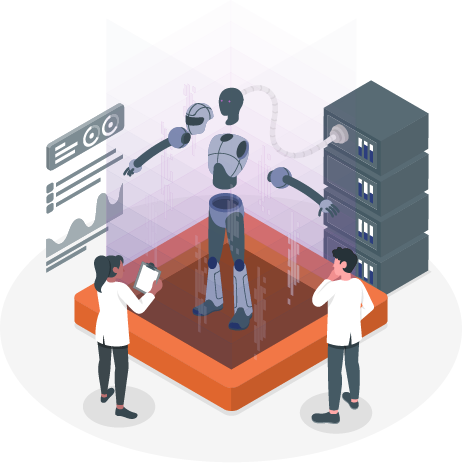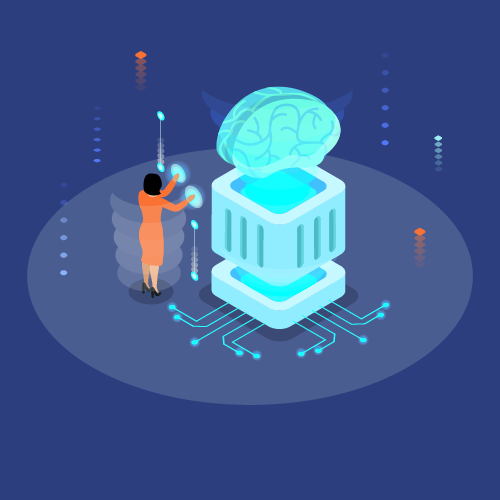
Introduction
In today’s technology world, Artificial Intelligence (AI) shines as a symbol of continuous innovation. Large Language Models (LLMs), a specific branch of Artificial Intelligence Technology, have emerged prominently in recent times. Engineered to understand, process, and generate text, LLMs possess the potential to revolutionise our interactions with computers. This piece delves into the world of LLMs, investigating their applications, the advantages they offer, and the hurdles they pose.
